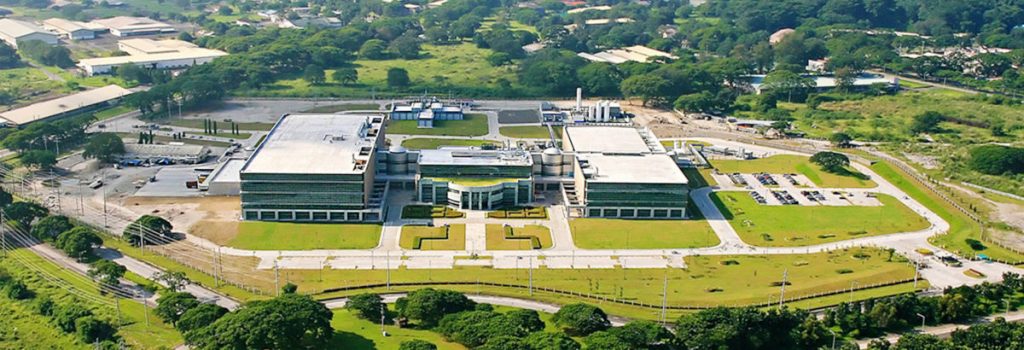Philippines

he Clark Freeport and Special Economic Zone (CFEZ), often referred to as Clark, is a region in Central Luzon, Philippines. It encompasses parts of Angeles and Mabalacat cities, Porac town in Pampanga, and portions of Capas and Bamban towns in Tarlac.
Divided into two sections, the Clark Freeport Zone (CFZ) and the Clark Special Economic Zone (CSEZ), it includes New Clark City within the latter. The CFZ is situated on the former United States Air Force’s Clark Air Base, primarily converted into the Clark International Airport, with some areas retained by the Philippine Air Force. Clark Global City is also part of the CFZ.
Clark serves as a pivotal hub for various sectors, including business, industry, aviation, education, and tourism, positioning itself as a center for leisure, fitness, entertainment, and gaming in Central Luzon.
History of Clark Freeport and Special Economic Zone
The transformation of the Clark region into an economic zone began with the Bases Conversion and Development Act of 1992 (Republic Act 7227). This legislation authorized the conversion of the military reservation in Clark, covering Angeles City, Mabalacat, and Porac, Pampanga, as well as Capas, Tarlac, into a special economic zone. The Bases Conversion and Development Authority (BCDA) was established to facilitate this conversion process.
In April 1993, President Fidel Ramos issued Proclamation No. 163, creating the Clark Special Economic Zone (CSEZ) and transferring its administration to the BCDA. The proclamation included Clark Air Base and portions of the Clark reverted baselands, not reserved for military use, under the CSEZ’s jurisdiction. The Clark Development Corporation, a BCDA subsidiary, was founded to oversee the area’s development, along with the establishment of the Metro Clark Advisory Council (MCAC) to coordinate with local government units.
A significant development came in 1996 when the CSEZ expanded with the addition of the Sacobia area, covering lands from Mabalacat, Pampanga, and Bamban, Tarlac, through Proclamation No. 805 issued by President Ramos.
New authority
On March 10, 2006, then-President Gloria Macapagal Arroyo placed the CSEZ under the Philippine Economic Zone Authority through Proclamation 1035. This move granted tax and duty exemptions to export company locators operating within the CSEZ, regaining economic incentives that had been lost in 2005 due to a Supreme Court ruling.
The Clark Air Base area, known as the Clark Main Zone, was later declared a Freeport Zone and separated from the special economic zone under Republic Act 9400 of 2007. While these zones are considered distinct, they are collectively referred to as the “Clark Freeport and Special Economic Zone” on occasion.
Additional Details for Clark Freeport and Special Economic Zone
- Key industrial sectors: Electronics
- Nearest population centre: Angeles City – Approx 400,000
- The CFZ covers an area of 53,000 hectares.
- It is home to over 1,000 registered businesses.
- It generates over 100,000 jobs.
- The CFZ has a strategic location, as it is close to Manila and the Subic Bay Freeport Zone.
- It is also well-connected to the rest of the world, as it is served by a number of airports and seaports.
Tenant at Clark Freeport and Special Economic Zone
H3 Technology Philippines, Inc. specializes in electronic control devices for household appliances and has gained recognition globally since its establishment in July 2002. Initially operating with just four staff as a cable assembly plant, it has grown substantially, now boasting 400 skilled personnel across various departments. Strategically located in the Clark Special Economic Zone, with access to international transportation hubs, the company’s 55,000 square meter facility houses advanced manufacturing equipment reflecting German engineering standards. It upholds stringent quality control aligned with ISO standards, ensuring top-notch products and services for its international clientele.
